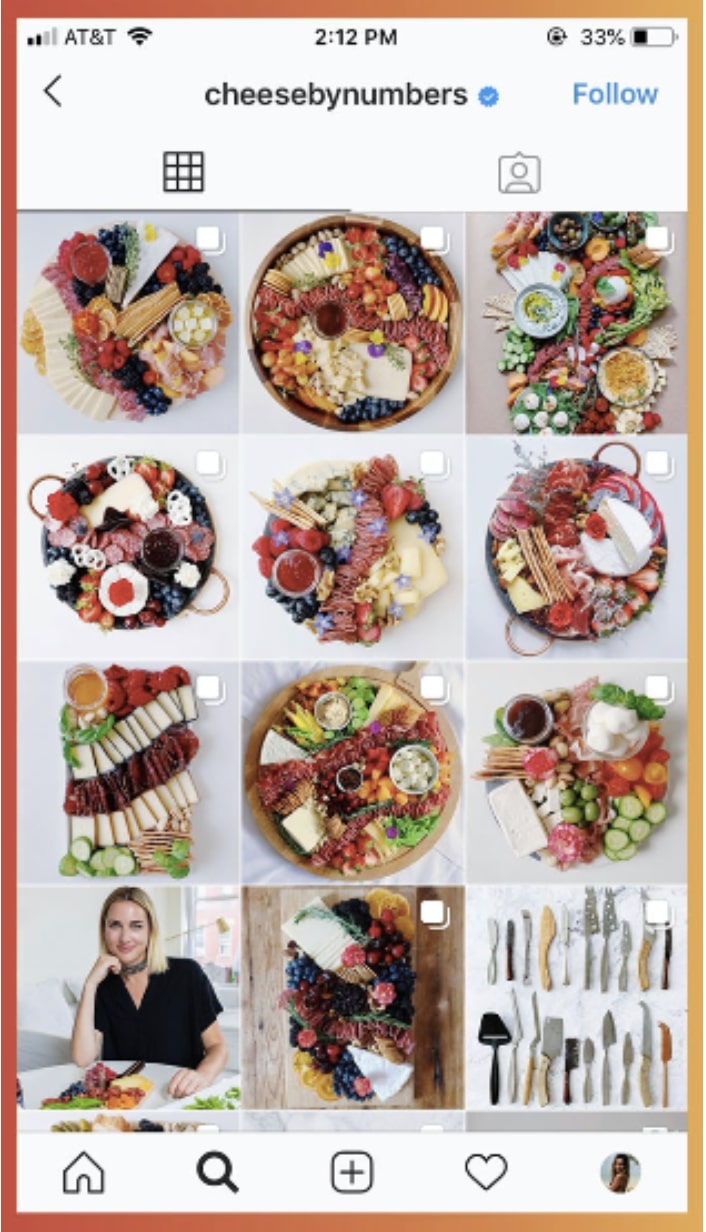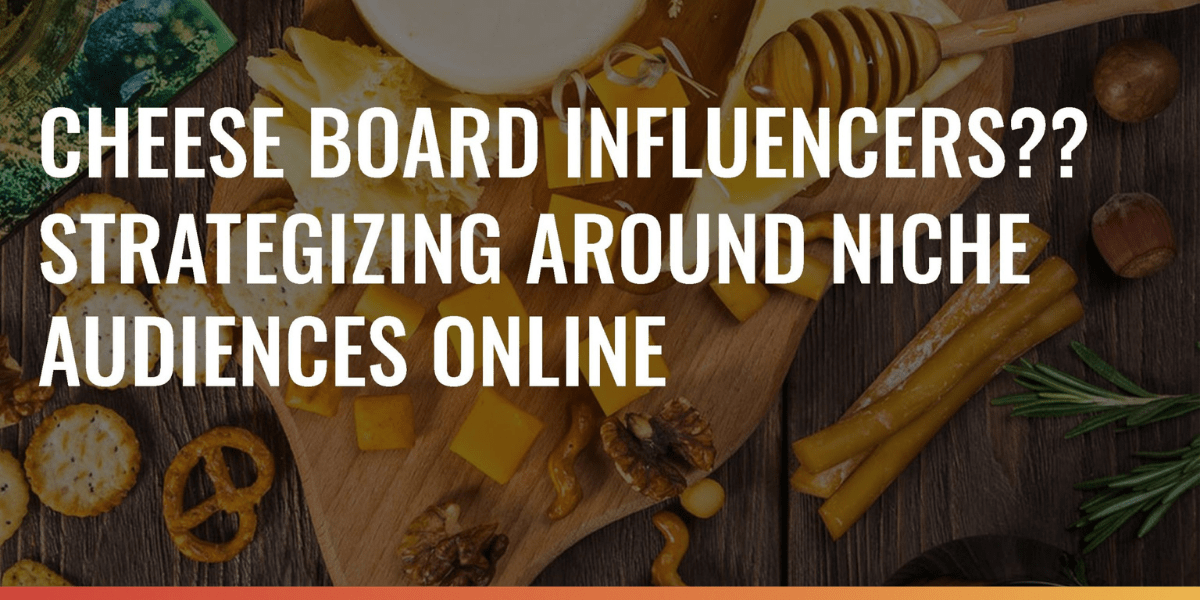Let’s talk about cheese boards. Why? Well because the evolution of the Internet has changed the way we consume information down to the most narrow niche.
Gone are the days of generic information and a few websites just devoted to all things cheese. Today, there are thousands of sites devoted to every specific kind of cheese, the intricacies of the cheese-making process and even how to assemble and produce your very own cheese board for proper cheese presentation.

From @cheesebynumbers
But don’t take cheese’s word for this generational wave of detailed intel. Take any subject and realize that within whatever content category you can think of, there are thousands and thousands of sub-genres that someone, somewhere will be acutely interested in exploring.
Social media has rapidly expanded the amount of available information, resulting in a more interconnected world than ever before. Our digital transformation has allowed audiences to discover content tailored just for them – no matter how specific, niche-driven or obscure. In many cases, the more niche the marketing subject, the better the chance for getting noticed. Audiences today are looking for highly specific topics rather than generic search returns.
Even Google’s algorithms have adapted and expanded in ways that a decade ago was unheard of. Simply type the generic word “dogs” into a search engine and before you even type the “s” a litany of possible results are suggested as hyper-specific as “dogs that don’t shed” to “dogs with three legs”. Even the engines are realizing that your time is valuable and wants to help get you to the core of your search as quickly and efficiently as possible.
This way of thinking has also created a vast array of opportunities for social influencers. With so many different social platforms, influencers and even less follower-craved users are finding new, highly specific ways of getting their message and personality across.
Today, consumers regularly form micro-communities around topics as narrow as: the art of hair dying, of roasting coffee, and yes, even of making the perfect cheese board.
Just ask Marissa Mullen, Instagram’s premier cheese plate influencer. With followers quickly approaching 100,000, Mullen photographs and posts all things cheese board related from perfecting beautiful cheese platters and displays to teaching followers how to construct your own pretty home-made board from scratch.
Influencers Are Targeting Trust And Truth
These micro-communities are built on a fundamental truth: people find comfort in knowing that there are others out there who love what they love. In the pre-internet age, however, the opportunities to find and connect with like minded individuals was limited to the occasional fan convention or club gathering. By contrast, the digital world has created a space where groups can quickly connect over even the most specialized topics.
The one thing that makes an influencer marketing agency successful is finding personalities who can connect with the average consumer. It’s a relationship built on trust that only a commanding influencer can project. With a wide array of followers to create credibility and a common thread of honesty, people look to influencers on Tiktok or Instagram for their specific points of view and highly targeted insights.
This content abundance is ultimately changing the way viewers consume media, and thus requires that marketers take a more nuanced approach when it comes to targeting. Categories that were once considered specific, such as “beauty”, “entertainment”, and “food” now seem clunky and vague when compared to the level of content diversity we see today.
How Artificial Intelligence Is Influencing Marketers
Thankfully, image recognition software allows us to quickly sort creators into highly-specific categories at lightning speed, a feat that would take thousands of man-hours to complete manually. Artificial Intelligence also allows us to compare what type of content performs best in different contexts.
Thus, influencer marketers can drill down into the data and come up with informed, creative concepts that resonate with even the most narrow audiences. Is your brand hoping to launch a new charcuterie board this summer? Skip the generic cooking billboards, because believe it or not, there’s more than one influencer out there for you.
Audience fragmentation is a tremendous opportunity for marketers to connect brands and consumers with greater precision than ever before. But in order to succeed, influencers must shift their marketing approach to center around relevance, instead of other vanity metrics such as audience size.
“There are 300 exabytes of data today available for human consumption,” explained Eric Dahan, CEO of Los Angeles-based influencer marketing agency, Open Influence at a recent OI Summit conference. “We are creating content faster than we can consume it, so the need to grab a person’s attention has never been more competitive.”
As you can imagine, more specific topics tend to attract smaller audiences. But you would be surprised to know that’s not always the case. Just look at cheese board influencer Marissa Mullen and 110,000 followers on her account @thatcheeseplate. That’s a lot of cheese enthusiasts who like to make boards. And don’t look now, but someone is probably building a social account highlighting the “best kind of wood to build a cheese board with” as you read this.
All joking aside, never forget big things sometimes come in small packages. As we’ve discussed, micro-influencers have proven to have highly engaged audiences, which is the ultimate goal for brands. Whether big or small, narrow or wide, influencer marketing gives you access to the full consumer spectrum. Are you ready to leverage the power of niche communities? Connect with us on social media to discuss your ideas!

